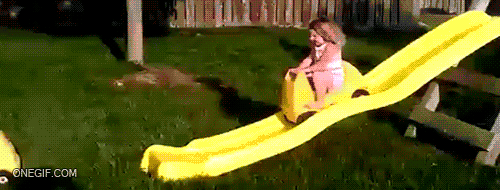In the reading, we can see how Paul Bogard starts by telling some of his experienced with some of the darkest nights he has encountered. Then, he put a fact to make us realized how dark is the night that he describes. In addition, he puts a fact about how 8 of 10 children born in the US will never see a sky dark enough to see the Milky Way. Therefore he grabs the reader attention and makes the reading more interesting. Consequently, he puts his thesis, in which makes us realized how our rapid grow and addiction to light that our society is having, puts the darkness in oblivion. This thesis supports his claim about how 8 of 10 children born in the US will never see a sky dark, by relating the exponential growth in light and the decaying of darkness in cities that allow us to see nothing but the stars.
Later in the reading, the author supports his claim about the growth in light in the US by adding a fact that says that light in the sky increases an average of about 6% every year. Most importantly, he then supports this other claim by adding a well-known company that specializes in those fields and that its claims are trustworthy. Also, the author connects this claims and supports to open new paths to direct the focus of the reader. For example , after the fact that tose who are above 35 have to known truly dark nights, he stops talking about how dark has been lost and starts his conclusion that talks about how countries are making some solutions to solve all the problems listed during the reading. To sum up all, during the reading he says that we are losing darkness, and in his concluding sentence, he redirects the readers attention to the solution that may have a chance to have an impact against this the loss of darkness.
Later in the reading, the author supports his claim about the growth in light in the US by adding a fact that says that light in the sky increases an average of about 6% every year. Most importantly, he then supports this other claim by adding a well-known company that specializes in those fields and that its claims are trustworthy. Also, the author connects this claims and supports to open new paths to direct the focus of the reader. For example , after the fact that tose who are above 35 have to known truly dark nights, he stops talking about how dark has been lost and starts his conclusion that talks about how countries are making some solutions to solve all the problems listed during the reading. To sum up all, during the reading he says that we are losing darkness, and in his concluding sentence, he redirects the readers attention to the solution that may have a chance to have an impact against this the loss of darkness.

.gif)
Stefy likes this.